Tips for an Affordable Kitchen Makeover
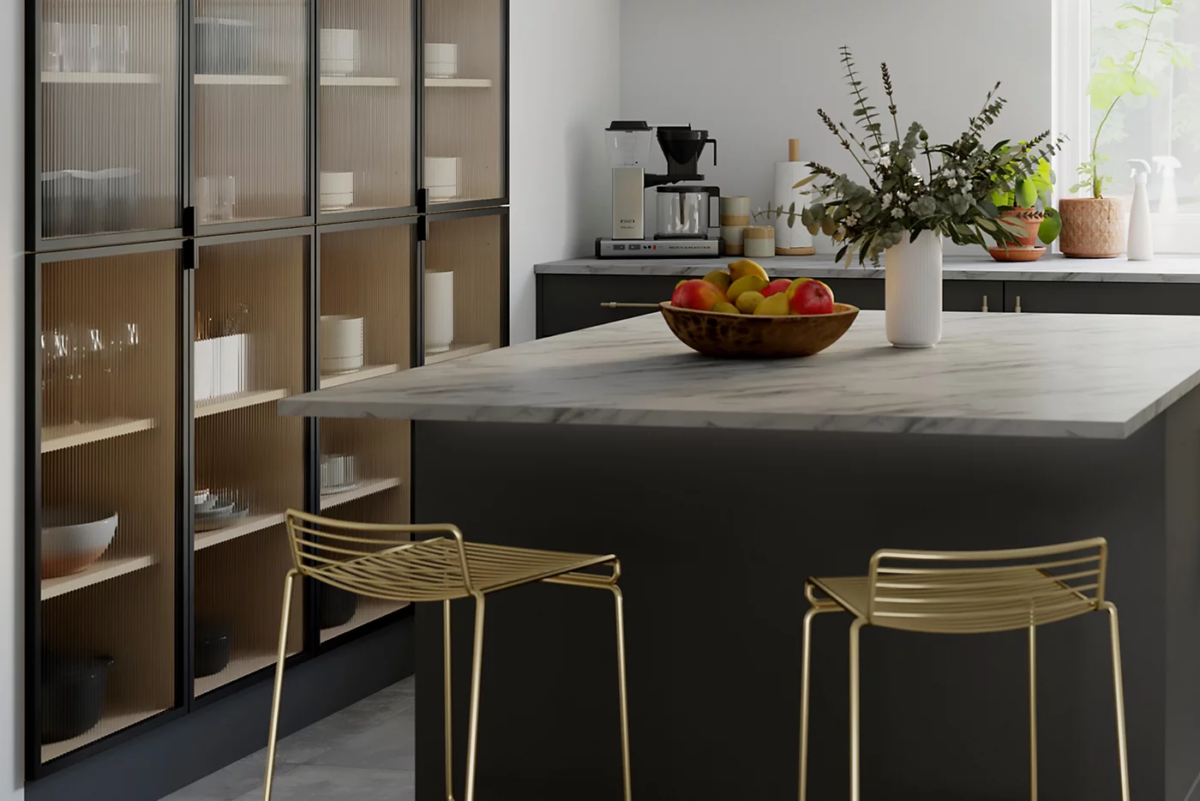
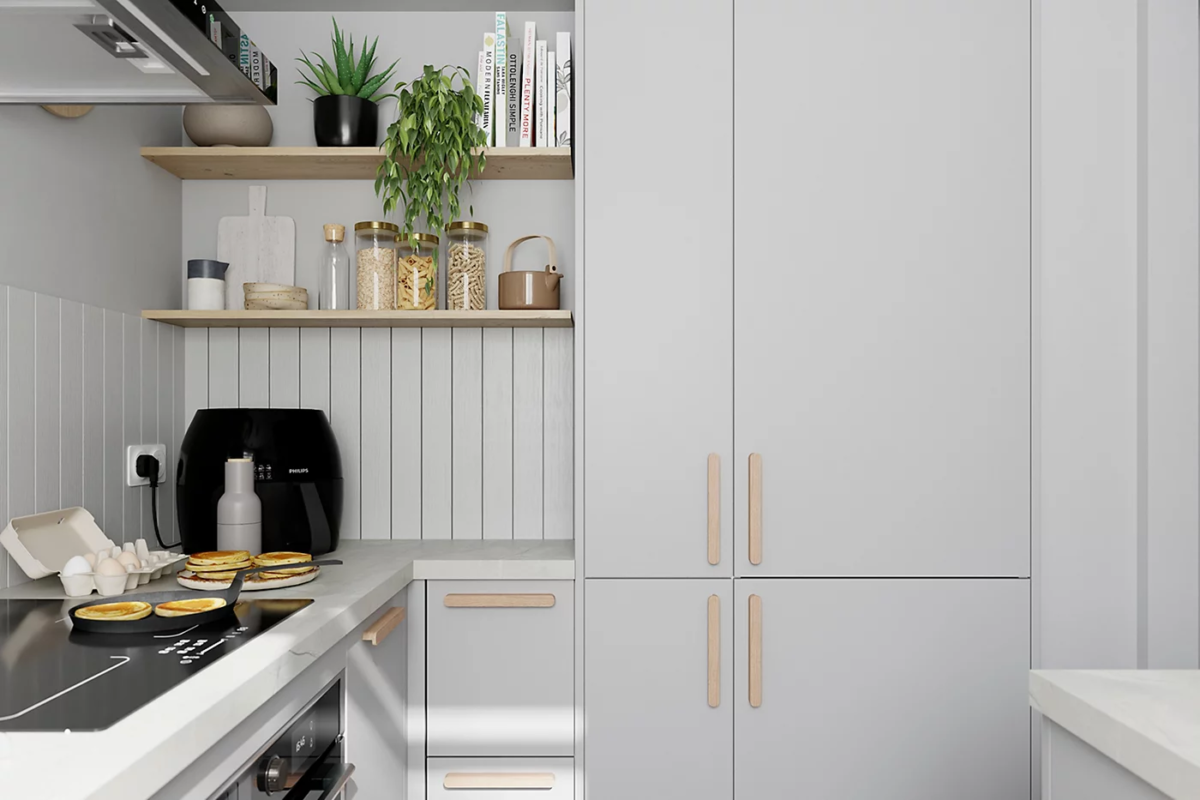
Are cracked floor tiles, outdated appliances groaning in protest, and cabinets that haven’t seen a fresh coat of paint in years a familiar sight? If so, it’s time to give your kitchen a stylish and budget-friendly makeover.
According to kitchen experts, a kitchen should be renovated every 10 to 15 years. This timeframe aligns with shifts in design trends and color palettes, as well as the natural wear and tear on cabinets and appliances from daily use.
While many of us are looking for ways to cut costs, that doesn’t mean home improvement projects need to be put on hold. If you’re considering a kitchen remodel, we’ve got practical tips and advice to help you achieve a stylish upgrade without exceeding your budget.
What Is the Average Cost of a New Kitchen in the UK?
The cost of a new kitchen in the UK varies depending on factors such as kitchen size, material quality, level of customization, and whether you opt for a DIY installation or hire professional kitchen fitters. On average, a new kitchen installation can cost between £5,000 and £25,000, with most homeowners spending around £7,000 to £10,000. However, prices can differ significantly based on your specific needs and choices.
Budget-Friendly Kitchen Renovation Tips
Looking to refresh your kitchen without overspending? Here are some smart, cost-effective ways to give your space a stylish upgrade without breaking the bank.
1. Plan, Plan, Plan
Careful planning is essential to keeping your kitchen renovation within budget. Last-minute changes or unexpected additions can quickly increase costs, so having a clear design from the start is crucial. Open communication with your kitchen installer can also help prevent surprises along the way.
For expert advice, check out our article, “4 Steps to Planning a New Kitchen,” where we cover everything you need to consider before starting your project. Once you have a solid plan, book a free kitchen planning appointment with a Plumb Power Pro showroom advisor to bring your vision to life
2. DIY Where Possible
Learning some basic DIY skills can be a great way to cut down on labor costs during your kitchen renovation. While tasks like plumbing and electrical work should always be left to professionals, there are plenty of jobs you can handle yourself—such as painting walls, assembling cabinets, or laying tiles. Not only will this save you money, but it can also be a rewarding part of the process!
Need some guidance? Plumb Power Pro has a wealth of DIY resources, including hundreds of articles and helpful videos on our YouTube channel. Check them out for expert tips and step-by-step guides!
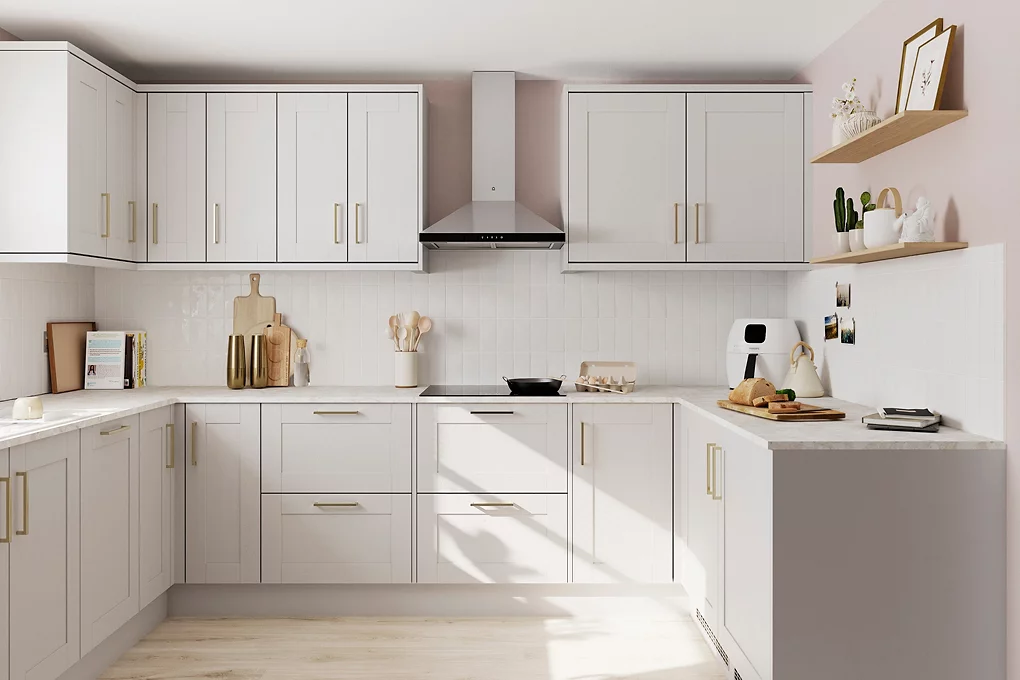
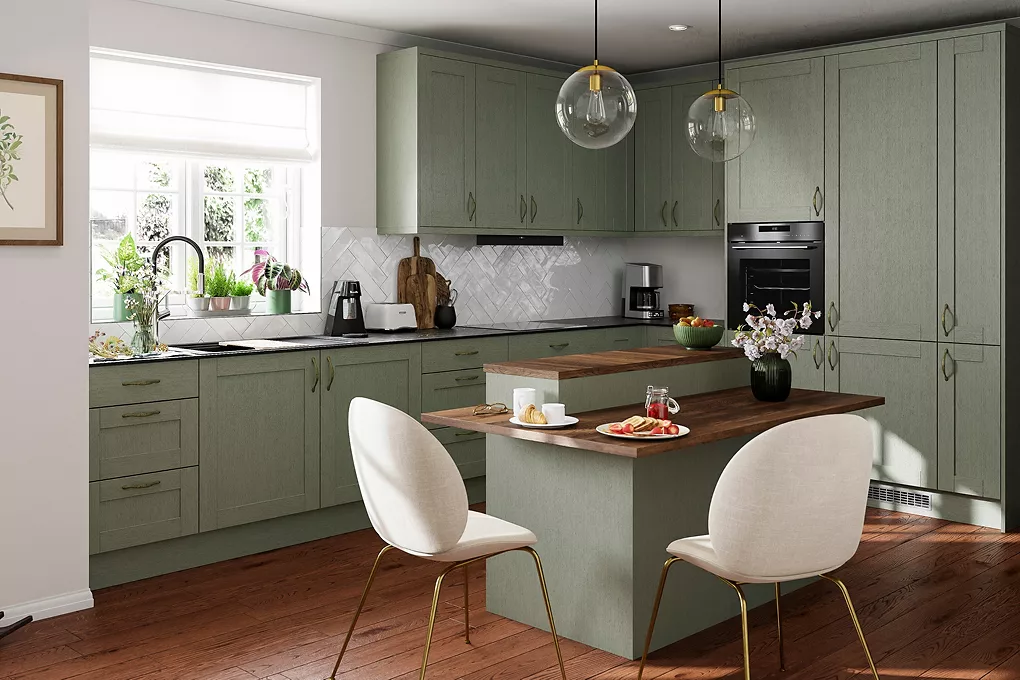
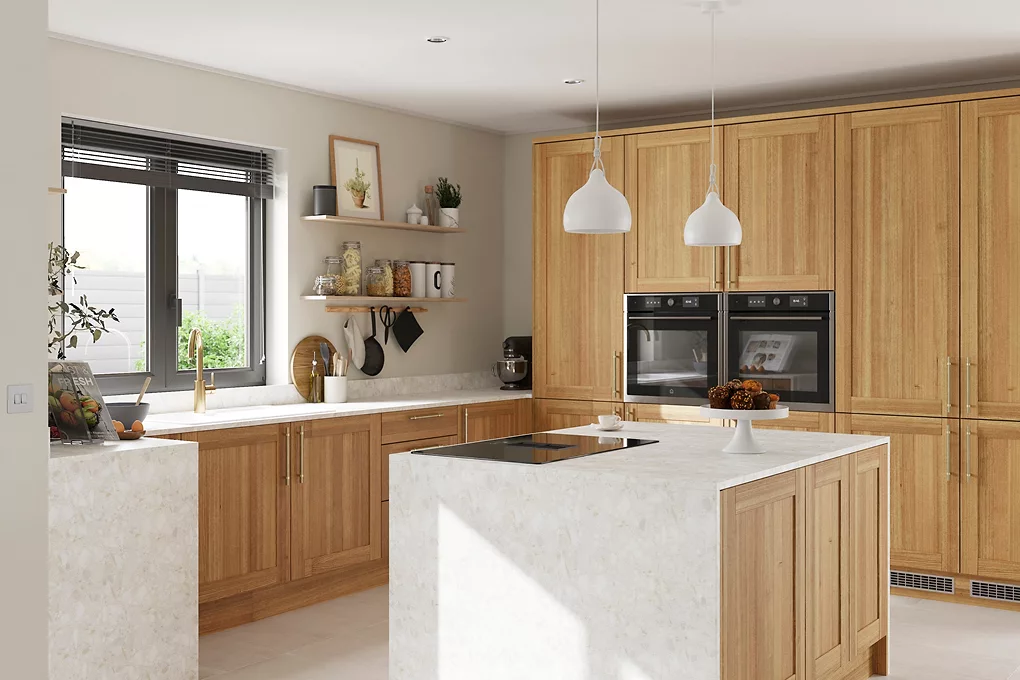
Are cracked floor tiles, outdated appliances groaning in protest, and cabinets that haven’t seen a fresh coat of paint in years a familiar sight? If so, it’s time to give your kitchen a stylish and budget-friendly makeover.
According to kitchen experts, a kitchen should be renovated every 10 to 15 years. This timeframe aligns with shifts in design trends and color palettes, as well as the natural wear and tear on cabinets and appliances from daily use.
While many of us are looking for ways to cut costs, that doesn’t mean home improvement projects need to be put on hold. If you’re considering a kitchen remodel, we’ve got practical tips and advice to help you achieve a stylish upgrade without exceeding your budget.
What Is the Average Cost of a New Kitchen in the UK?
The cost of a new kitchen in the UK varies depending on factors such as kitchen size, material quality, level of customization, and whether you opt for a DIY installation or hire professional kitchen fitters. On average, a new kitchen installation can cost between £5,000 and £25,000, with most homeowners spending around £7,000 to £10,000. However, prices can differ significantly based on your specific needs and choices.
Budget-Friendly Kitchen Renovation Tips
Looking to refresh your kitchen without overspending? Here are some smart, cost-effective ways to give your space a stylish upgrade without breaking the bank.
1. Plan, Plan, Plan
Careful planning is essential to keeping your kitchen renovation within budget. Last-minute changes or unexpected additions can quickly increase costs, so having a clear design from the start is crucial. Open communication with your kitchen installer can also help prevent surprises along the way.
For expert advice, check out our article, “4 Steps to Planning a New Kitchen,” where we cover everything you need to consider before starting your project. Once you have a solid plan, book a free kitchen planning appointment with a Plumb Power Pro showroom advisor to bring your vision to life
2. DIY Where Possible
Learning some basic DIY skills can be a great way to cut down on labor costs during your kitchen renovation. While tasks like plumbing and electrical work should always be left to professionals, there are plenty of jobs you can handle yourself—such as painting walls, assembling cabinets, or laying tiles. Not only will this save you money, but it can also be a rewarding part of the process!
Need some guidance? Plumb Power Pro has a wealth of DIY resources, including hundreds of articles and helpful videos on our YouTube channel. Check them out for expert tips and step-by-step guides!



3. Get at Least 3 Quotes from Different Kitchen Fitters
If you’re planning to hire a kitchen installer, it’s important to get at least three quotes. Installation costs can vary significantly between fitters, so comparing quotes will help you secure the best deal. It also gives you a chance to choose a fitter you feel comfortable working with.
4. Keep the Layout the Same
Changing the layout of your kitchen can be one of the most expensive parts of a renovation. To keep costs low, try to maintain the positions of key elements like your sink, oven, and fridge. This will reduce the need for extensive plumbing and electrical work, helping you save money on those costly adjustments.
5. Focus on Essential Upgrades
When renovating on a budget, it’s best to prioritize the areas that need the most attention. Consider upgrading old appliances or improving storage solutions, as these changes can have a significant impact. Allocate your budget to the most important upgrades, and remember, you don’t have to do everything at once. You can stagger the renovation process to spread out the costs over time.
6. Consider Refacing Cabinets Instead of Replacing Them
A great way to save on kitchen renovation costs is by refacing your cabinets instead of replacing them entirely. Refacing involves swapping out only the cabinet doors and drawer fronts while keeping the original cabinet boxes. Since cabinet doors are usually the most worn part, this approach not only saves money but also gives your kitchen a fresh, updated look.
7. Use Affordable Kitchen Materials
Kitchen materials can significantly affect your renovation budget. Opt for more affordable options like laminate worktops, vinyl flooring, and plain ceramic tiles instead of high-end materials like marble or granite. These materials can provide a stylish finish without the hefty price tag. For more detailed advice, check out our kitchen worktop and sink buying guides to explore the different options available.
8. Shop Around, Do Thorough Research, and Compare Prices
Avoid rushing into purchases. Take the time to shop around and compare prices from various retailers for materials, appliances, and fixtures. Look for sales, discounts, or clearance items to get the best value for your money while still securing high-quality products.
9. Consider Open Shelving
If you have a large kitchen, the cost of new cabinetry can quickly add up. Instead of investing in upper cabinets, consider installing open shelving. This can be a more affordable and stylish alternative, helping you stay within your budget while giving your kitchen a trendy, modern look. Open shelves also provide a great opportunity to display your dinnerware, adding both functionality and a sense of openness to the space.


